Drivers of Investment Success for 2018
The commercial real estate industry has had an evolving year. From sustainability and increases in interest rates to the effects of a changing administration, the market has experienced a mix of positive and negative moments.
By IvyLee Rosario
The commercial real estate industry has had an evolving year. From sustainability and increases in interest rates to the effects of a changing administration, the market has experienced a mix of positive and negative moments. As the nation has emerged from recession, trade volume has grown, providing investors with a wider range of opportunities. But despite continued strength in fundamentals, the pipeline is starting to contract, with investors becoming more selective about which assets to purchase. Heading into 2018, Commercial Property Executive dives into the factors with the greatest impact on investment this year and what real estate industry experts should expect in the coming months.
Job Creation
The one factor with the greatest impact on real estate demand is job growth, which generates occupancy in office buildings, enables increased retail spending and creates a need for multifamily housing. Going into 2018, cautioned Hugh Kelly, principal of Hugh Kelly Real Estate Economics, the real estate market should be taking a careful look at job creation. “(Employment growth) influences each market specifically,” he asserted. “We need to take a look at wages. If we’re going to see the ability for households in debt to get out of debt, incomes have to improve.”
For wages to grow, investment in labor skills also needs to improve. That alllows “technology firms to get the number of coders they need or construction companies to find workers to build housing or commercial real estate,” Kelly explained.
The U.S. has been through a period of decelerated job growth, which is not due to the weakness of the economy itself but a result of labor shortages across the country. As of now, there are more job openings than there are people to fill them, bringing to light the realization that entry-level jobs aren’t dead-end jobs, explained Kelly. “For employers, investing in the workers they have is good investment. This results in higher outputs per worker, saving yourself the inefficiencies of replacing workers who leave for another job.”
Interest Rate Flop
The Federal Reserve’s two interest rate hikes this year have hardly upset the industry. The reality, noted TH Real Estate U.S. Head of Research Melissa Reagen, is that “prices have remained stable and cap rates have marginally moved up. The biggest factor has been that investors are on the sidelines. If they don’t need to buy more properties, they aren’t going to.”
This degree of caution is well established. Most investors had planned and prepared for the changes long before they took hold, with long-term borrowers hedging against rate fluctuations by obtaining fixed-rate instead of floating-rate financing. Paige Hood, chief investment officer for PGIM Real Estate Finance, has not observed a noticeable shift in investors’ expectations of interest-rate movements. “Owners of real estate with short-term strategies focused on refinancing or dispositions are still more likely to do floating,” he explained.
In 2018, Hood advised, investors shouldn’t expect drastically different valuations on the basis of interest rates alone. “If a more dramatic rise occurred because of a tax-cut stimulus or infrastructure spending, then some impact on valuations might occur for those holding long term. The expectations at this point are for a modest increase.”
Sustainability Matters
Sustainability has quickly grown into a pillar of the real estate industry. And it’s no longer just about property-level energy savings but what those savings bring to the market as a whole.
On a global scale, the 2015 Paris Agreement laid the foundation for most countries to adopt clean energy and phase out fossil fuels. However, the conversation was cut short by the U.S.’s withdrawal, prompting uncertainty about implications for commercial real estate.
According to Meghan Johnson, sustainability associate at TH Real Estate, this year’s spate of natural disasters has raised concerns among legislators and investors alike. “There are extreme weather events happening with greater frequency, so it increases the importance of taking sustainability considerations and climate-related risks into account throughout the investment lifecycle, from sourcing to due diligence to property management.”
While the U.S. Green Building Council still leads the push with its LEED certification, other players have entered the mix. The International WELL Building Institute’s certification sets the standard for buildings to implement, validate and measure features that support and advance health and wellness, and Fitwel, a joint initiative led by the U.S. Centers for Disease Control and Prevention and the General Services Administration, offers building certification to support the health and well-being of occupants and surrounding communities.
Johnson has also seen the social aspect of the environmental, social and corporate governance criteria take a more central role within the commercial real estate industry. “Utility costs are important,” she conceded, “but so is productivity in the workplace, and now operators are working to improve the health and well-being of those working in these buildings.” Leveraging data—especially information pertaining to energy, water and waste management—will continue to be crucial in 2018, as it enables investors to define and achieve energy savings goals.
Retail’s Rocky Road
The retail sector has weathered an array of changes in 2017: The swift rise of e-commerce, coupled with a ramped-up Amazon takeover, has forced many national retailers to shutter their stores and focus more on e-commerce offerings. “Some of (these closings) should’ve been done a while ago,” said Marcia Diaz, global head of originations at PGIM Real Estate Finance. “Lots of these department stores have too many locations across the country to support the demand.”
Diaz also cited evolving shopping habits as a disruptor to the retail sector: “Consumers rely on the internet. They don’t need to go in person. At the same time, many of these retailers are switching their behavior to have a better online presence, such as Walmart buying jet.com.”
At the other end of the spectrum, the “clicks-to-bricks” trend has become more popular, with more online shops developing physical locations. Take Warby Parker: The eyewear retailer opened its flagship store in Manhattan in 2013, bringing its count of U.S. retail locations to 61. The most recent outpost is the company’s first St. Louis store—complete with book displays, a marble reference desk and walls adorned with art by local painter William LaChance. “E-tailers are starting to understand there is still value in having a physical space,” said Reagen.
Consumers are looking for an elevated shopping experience, so malls and plazas that accommodate multiple uses—such as grocery-anchored strip centers with rich entertainment and dining components—are more likely to remain viable. “Experiential retail will be a continued want going into 2018, something that has options such as food, rock-climbing (and) bowling, all in one space,” added Diaz. “This is a newer concept, but these are the types of things people are testing to see how this realigns retail properties with multiple new tenants.”
Originally appearing in the December 2017 issue of CPE.


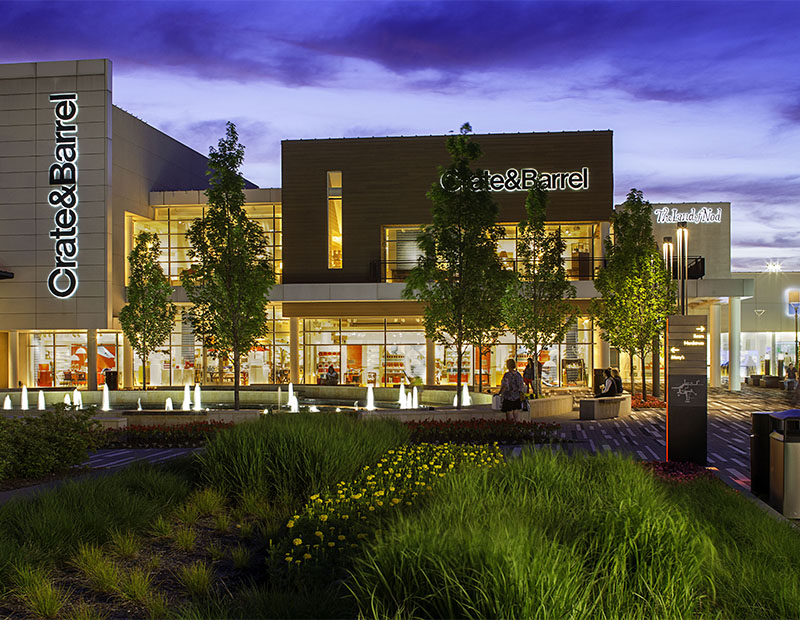
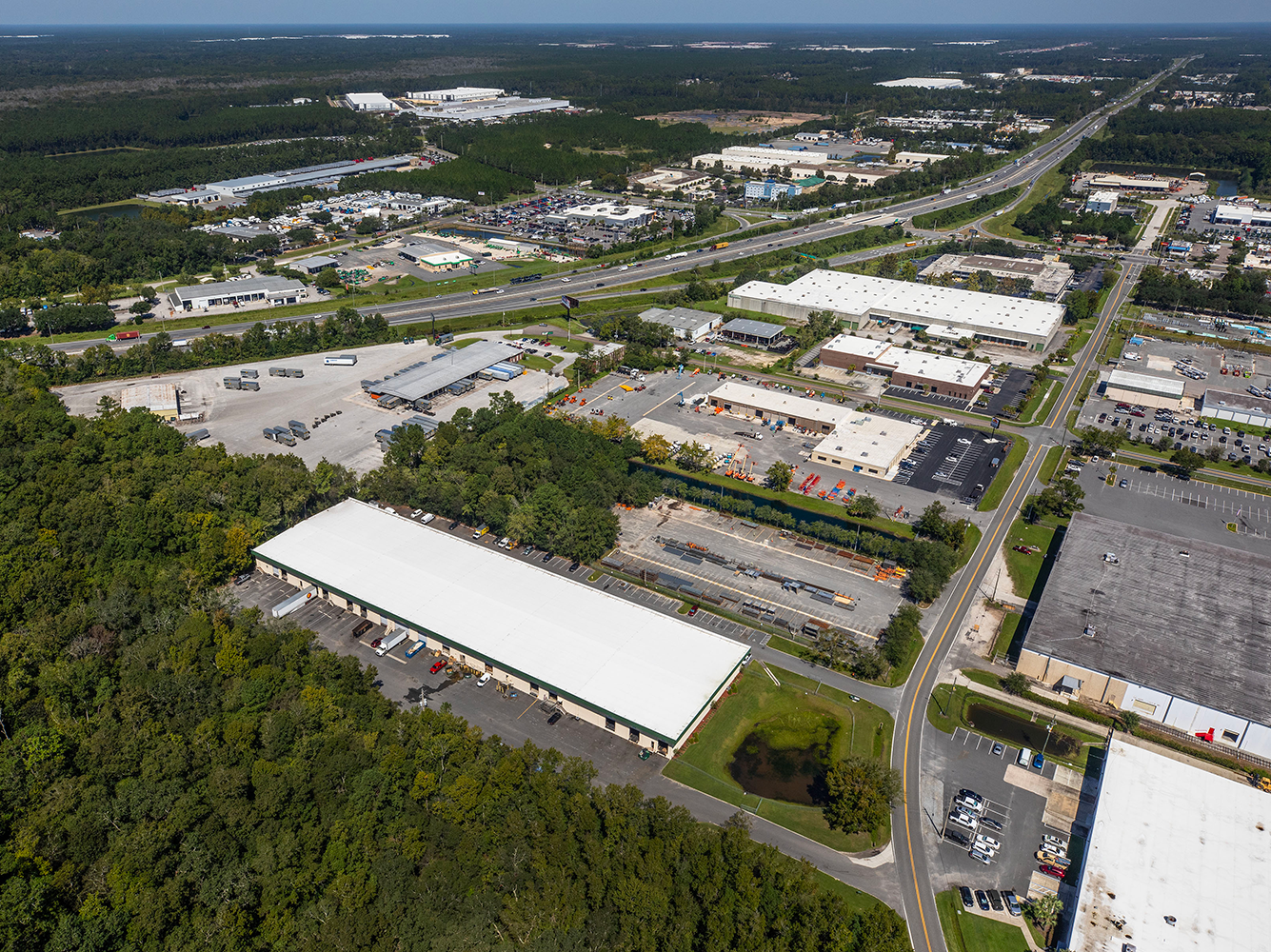

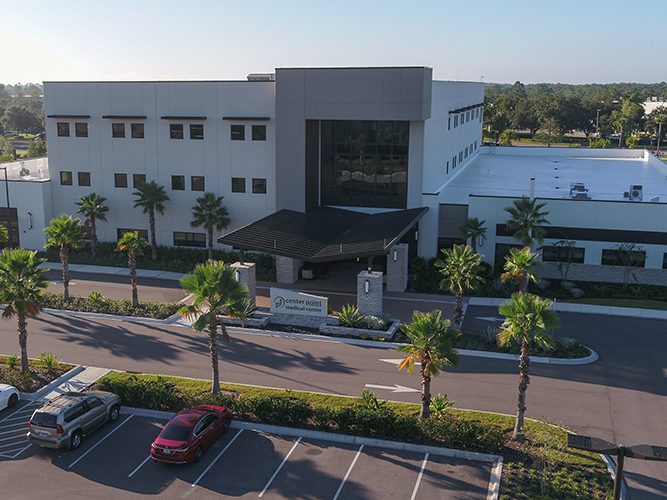
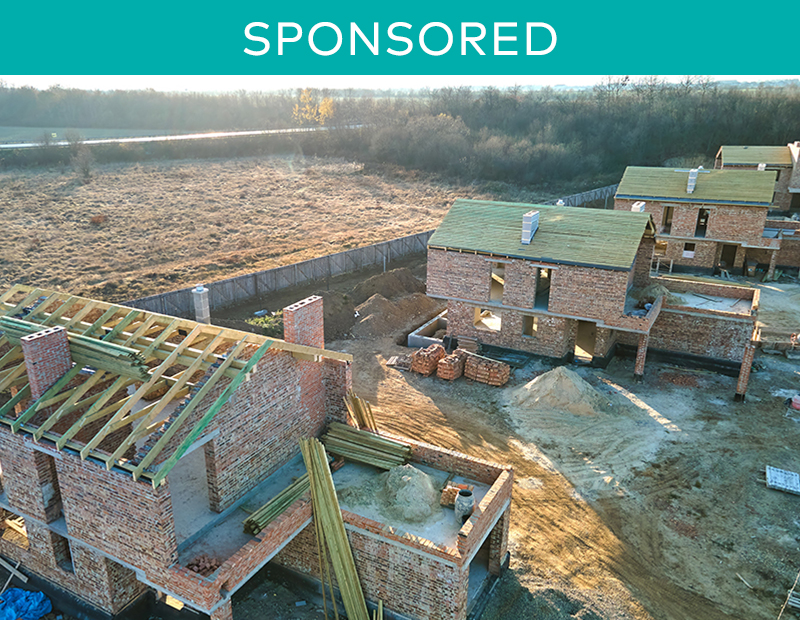

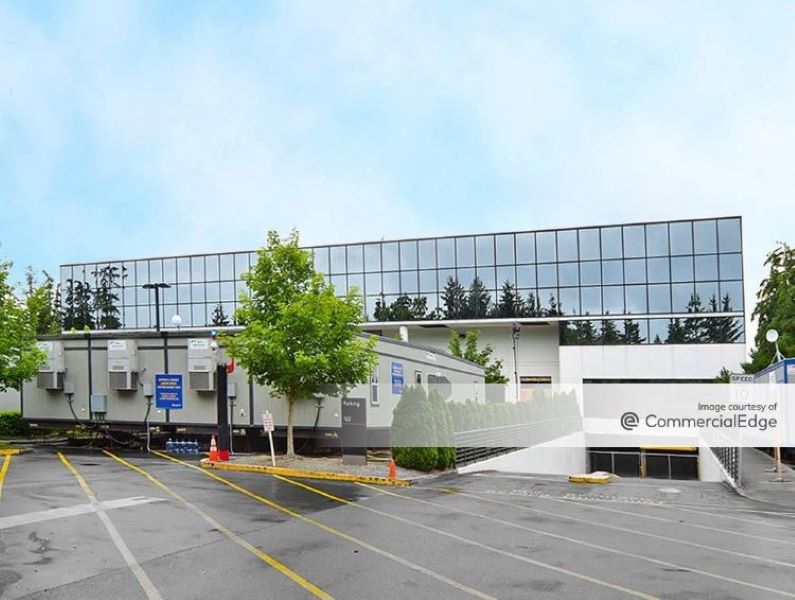
You must be logged in to post a comment.